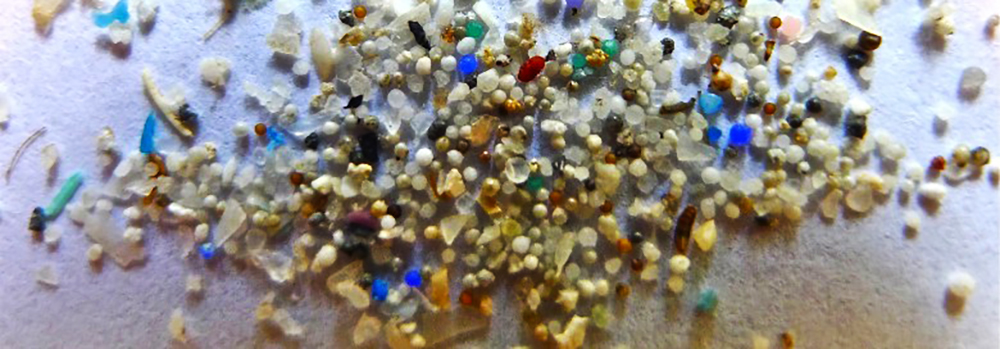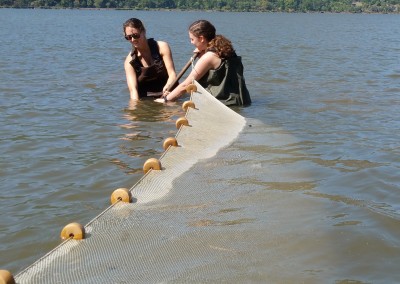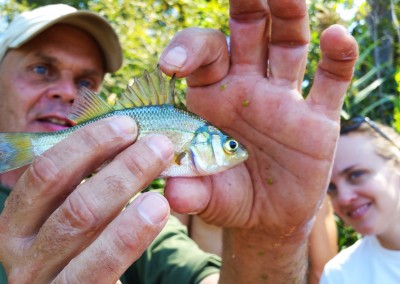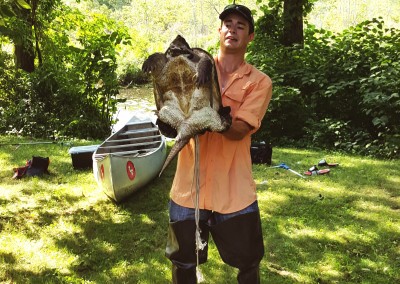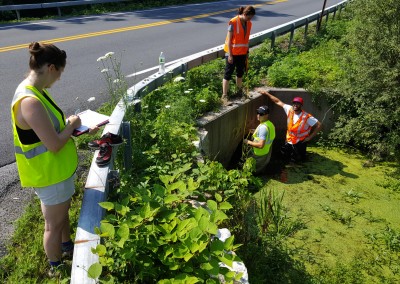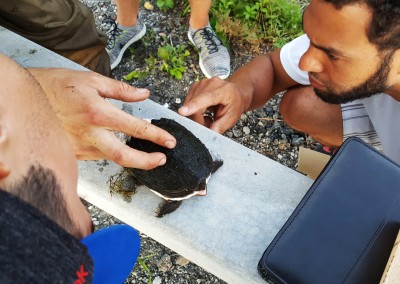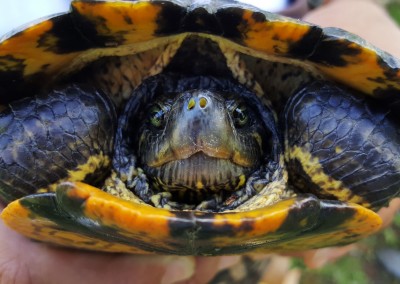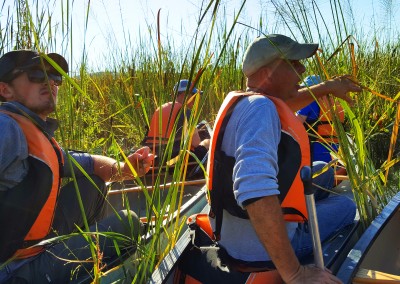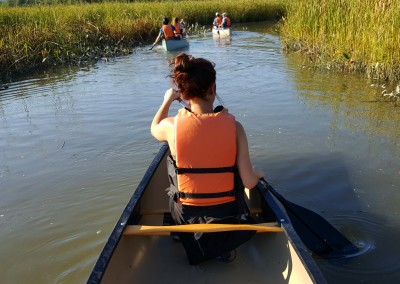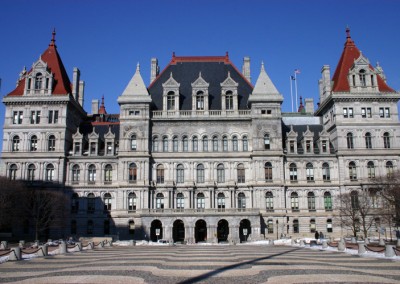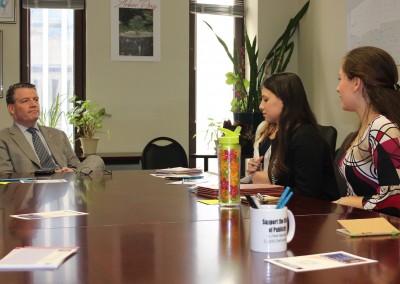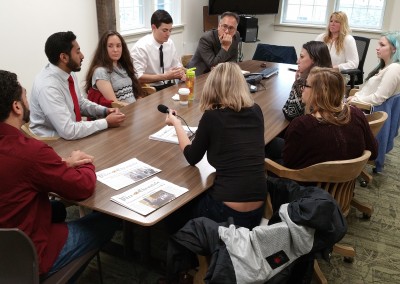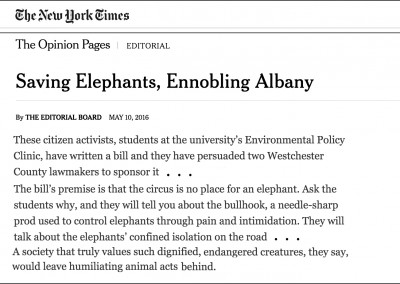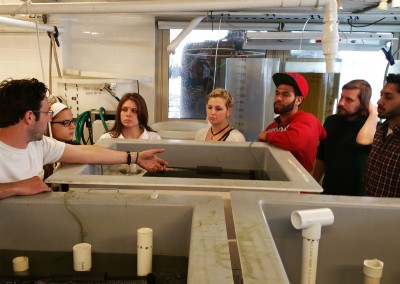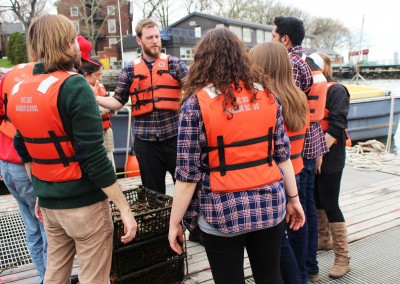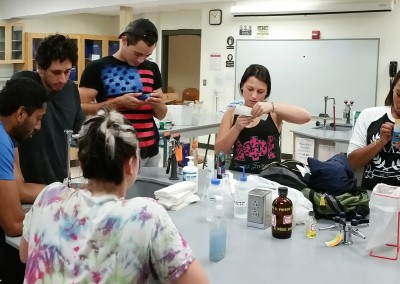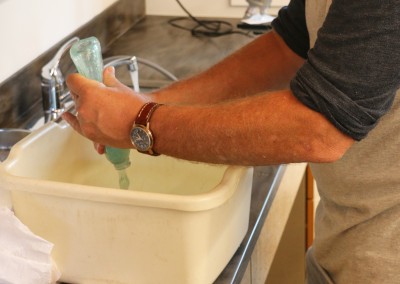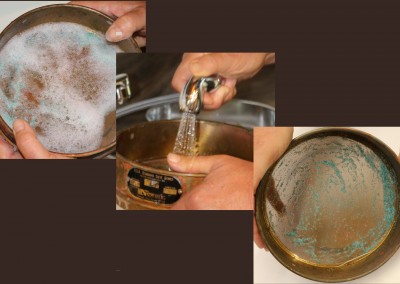Hands On & All In for the Environment
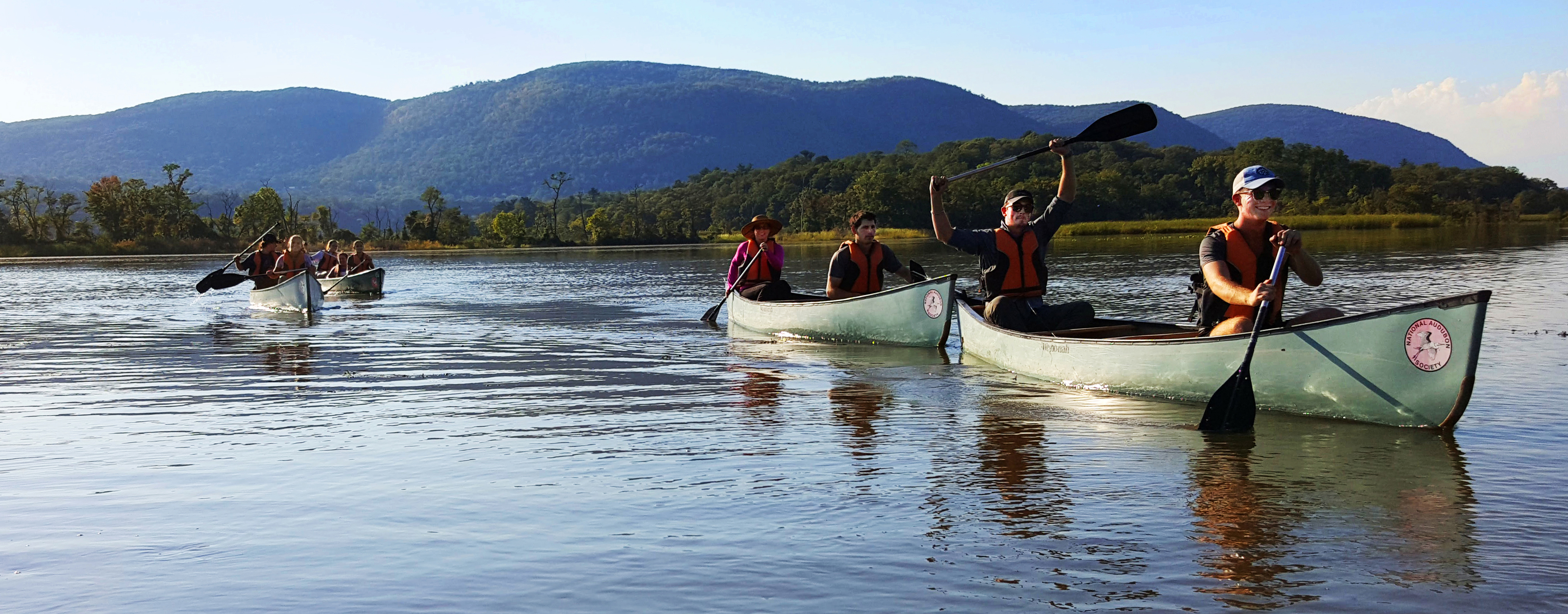
Collection Expedition, Little Stony Point, Hudson Highlands State Park

By late summer, young-of-the-year menhaden have progressed half-way down the estuary toward saltier water. When hearty enough, they enter the ocean to grow for three years before migrating back to the Hudson to spawn. Menhaden are anadromous fish — they live in the ocean and spawn in fresh water. Also known as “moss bunker” or “bunker,” they are a key species in the coastal food chain, and a source of food for Hudson River bluefish and striped bass in the summer. Menhaden are imperiled by the ocean fishery that supplies the cosmetics and other industries.
Researching Turtles and Aquatic Habitat Affected by Highways

Exploring National Audubon’s Constitution Marsh Sanctuary
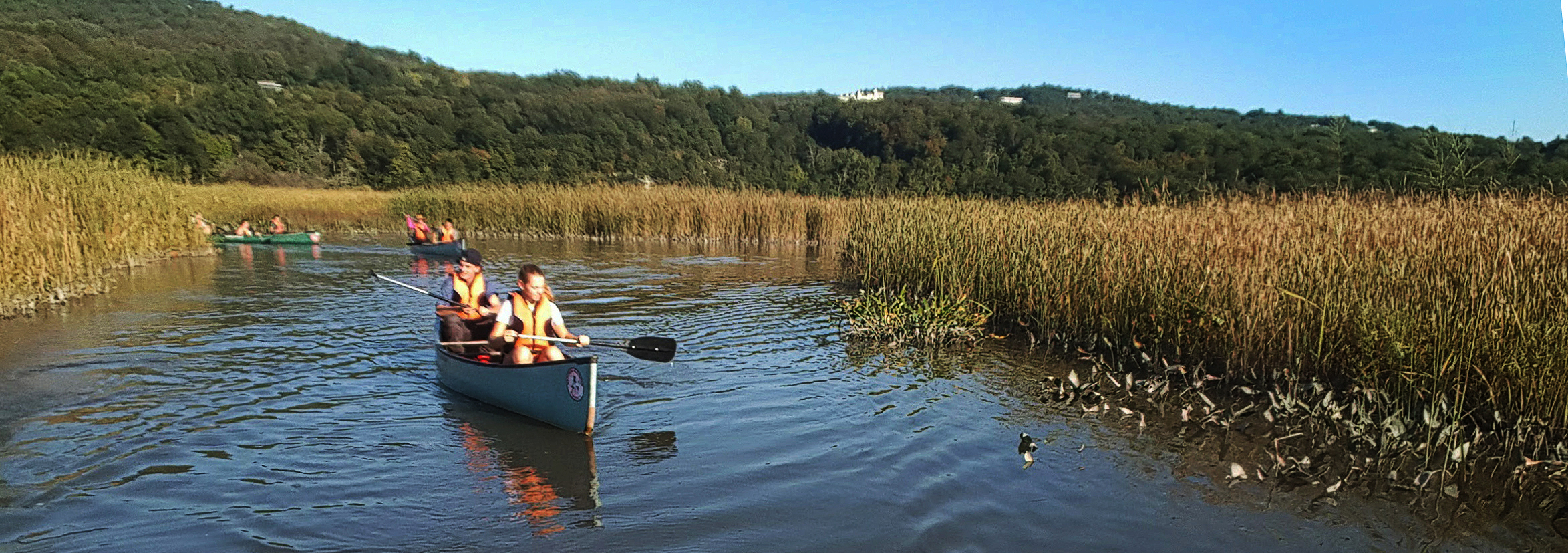
Lobbying to Ban Elephants from Circuses, Albany

Billion Oyster Project and NY Harbor School, Governor’s Island, NYC

Investigating Plastic Microbeads in Cosmetics
Plastic microbeads in consumer products such as shampoos, toothpaste and facial scrubs, flush down our drains, slip through treatment systems, and are discharged into waterways where they are consumed or absorbed by fish and wildlife. Clinic students investigated for themselves in the Pace microbiology laboratory. They decided to join with New York State groups calling for a ban, and met with top government officials in Westchester and Putnam Counties to present their findings and seek support. In 2015, the Federal Microbead Free Waters Act was enacted. Modeled after a law proposed in New York State, it bans the use of microbeads by January 1, 2018.
